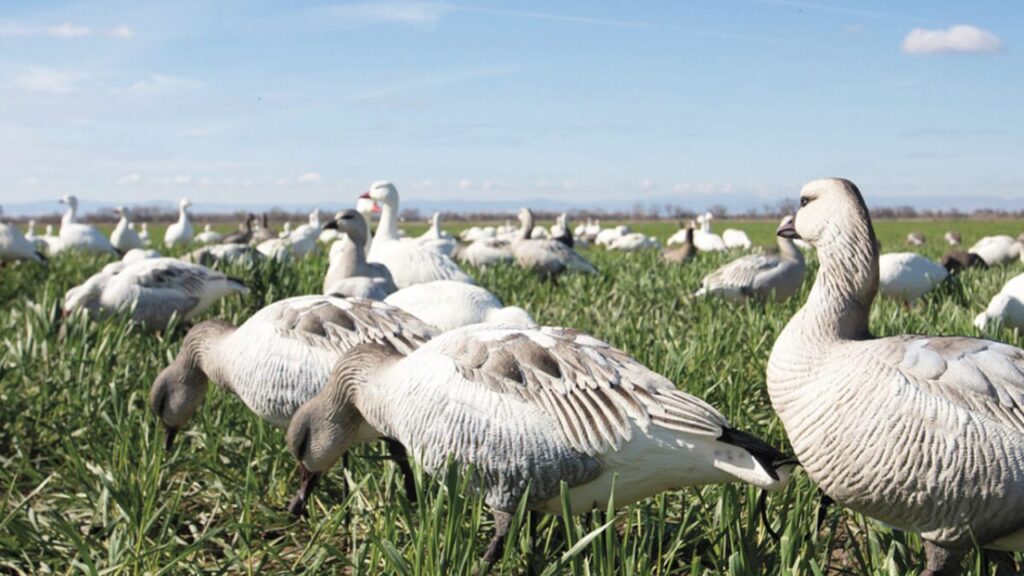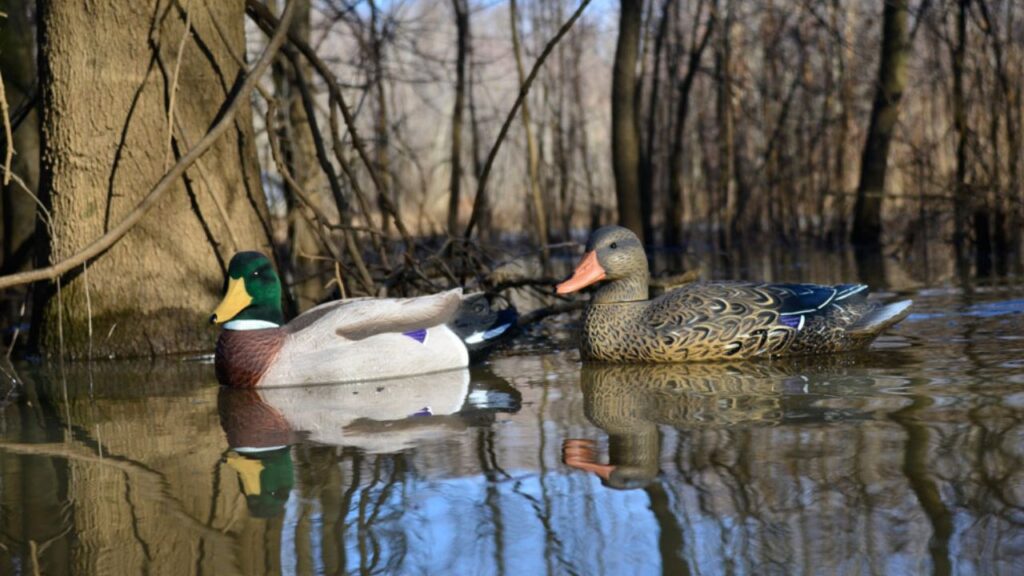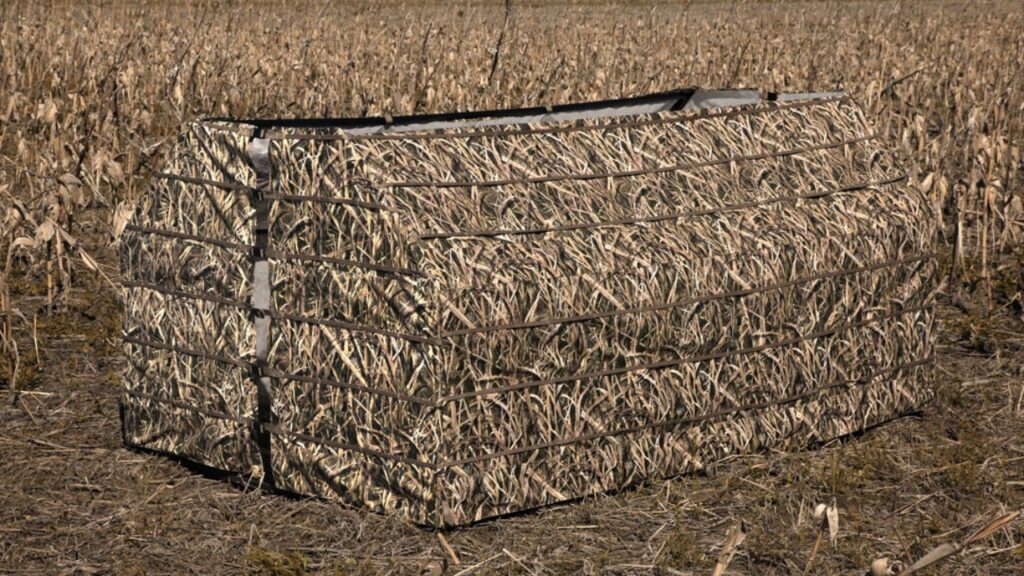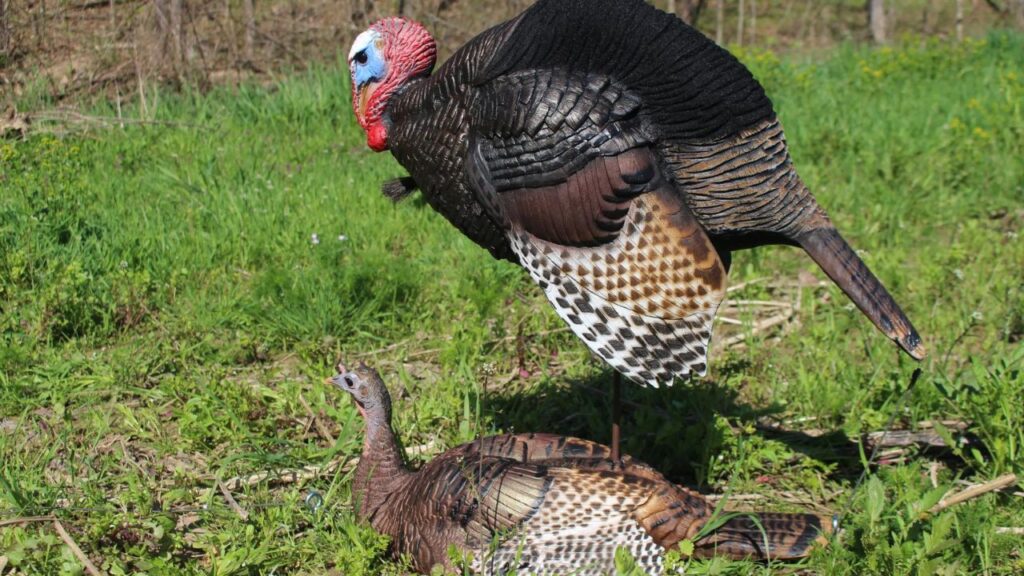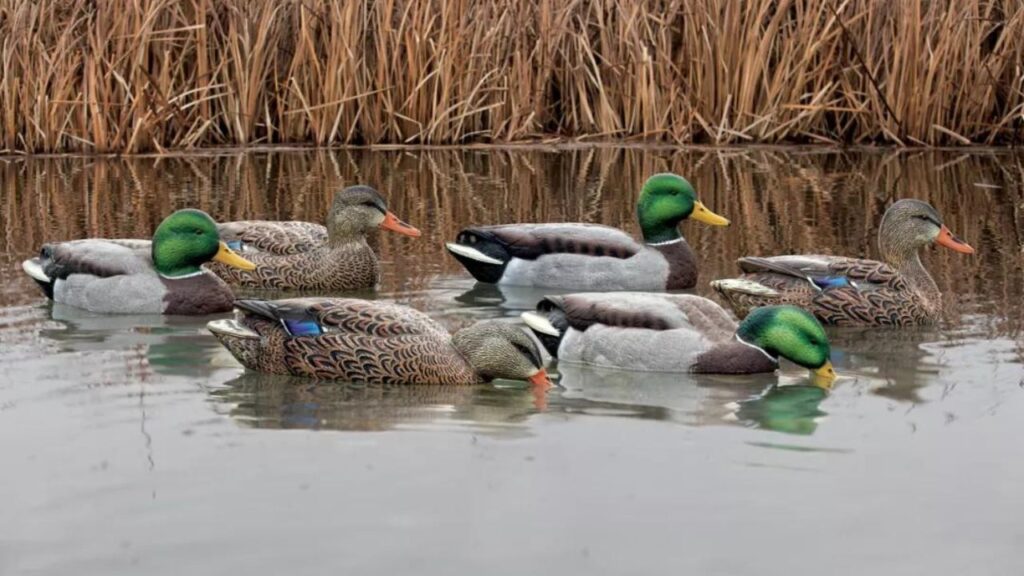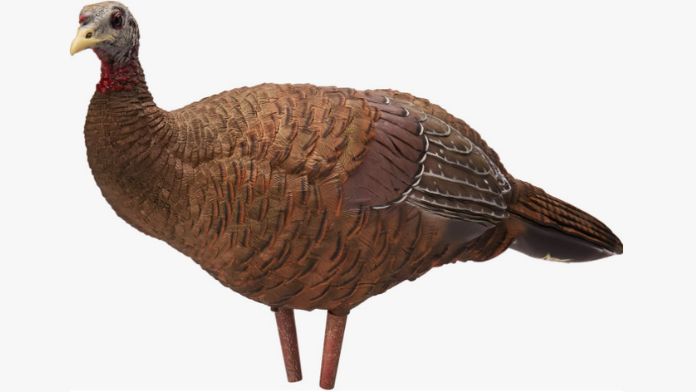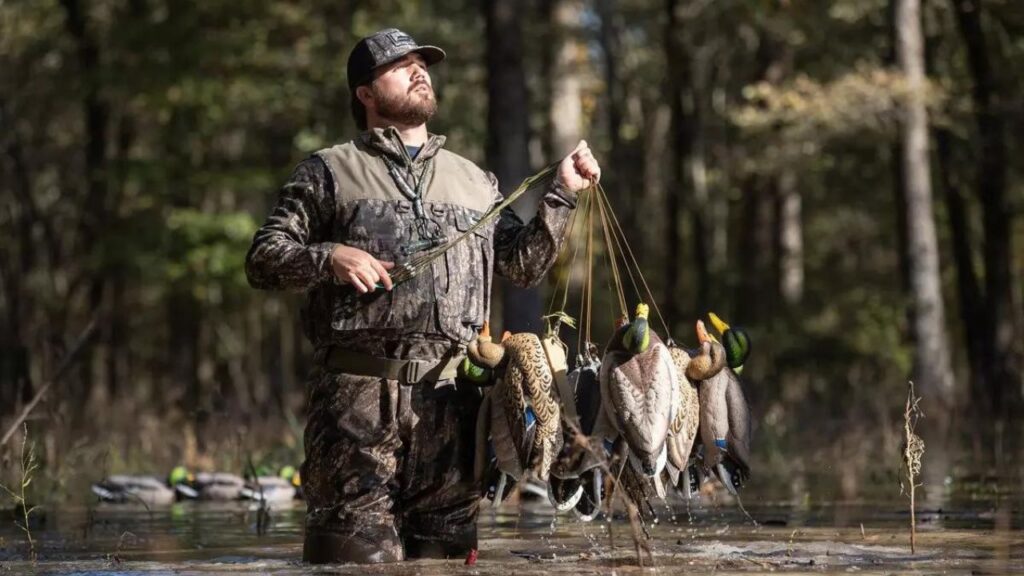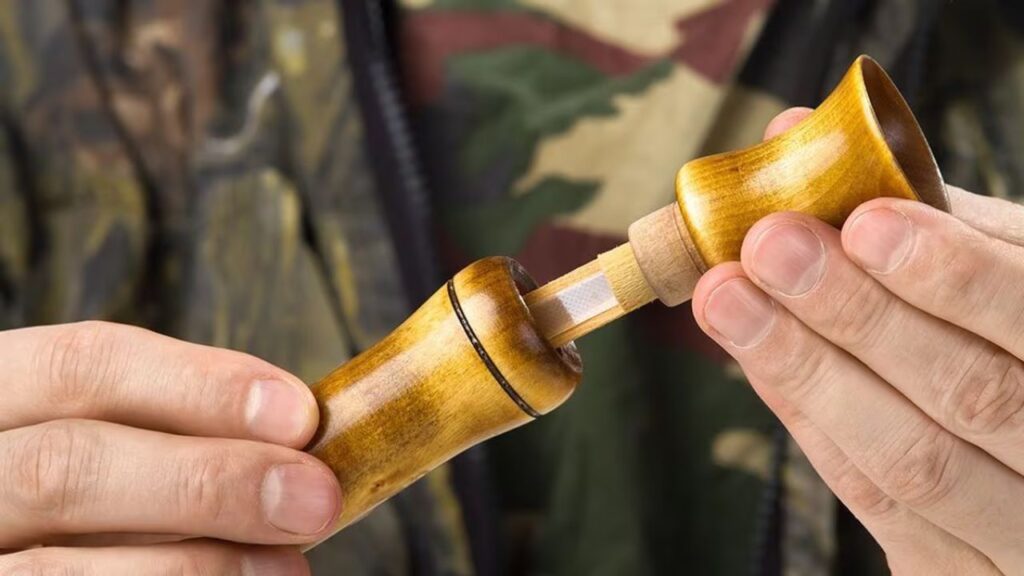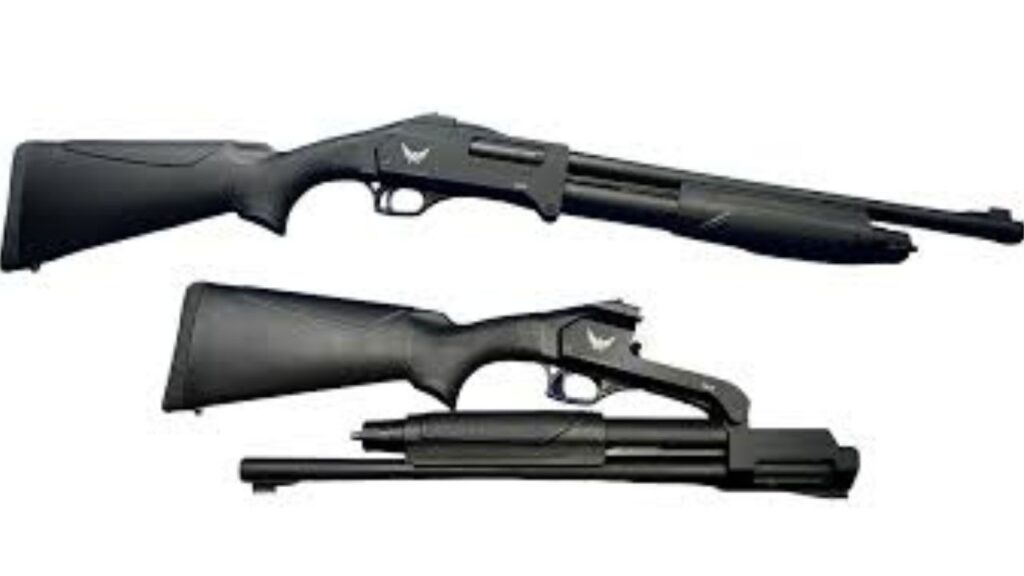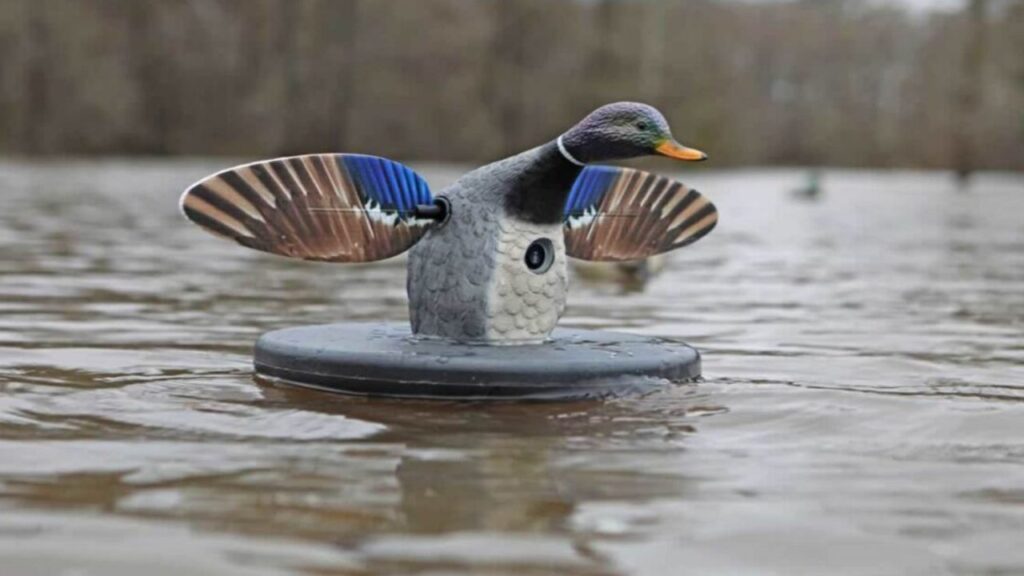Turkey hunting is an exhilarating and challenging activity that demands strategy, patience and the right equipment. Among the essential tools for any turkey hunter is the turkey decoy. These realistic replicas play a crucial role in attracting gobblers within range, making them a vital component of a successful hunt.
In this guide, we delve into the intricacies of selecting the perfect turkey decoy for various hunting scenarios. Whether you’re stalking turkeys in open fields, dense forests, or mountainous terrain, choosing the right decoy can significantly improve your chances of catching that prized gobbler.
We will explore the various types of dsd turkey decoy available, considerations for different hunting environments, seasonal factors, and even weather conditions that can affect their effectiveness.
Additionally, we’ll cover the importance of decoy realism, budget considerations, and maintenance tips to ensure your decoys remain in top condition season after season.
Understanding Turkey Decoys
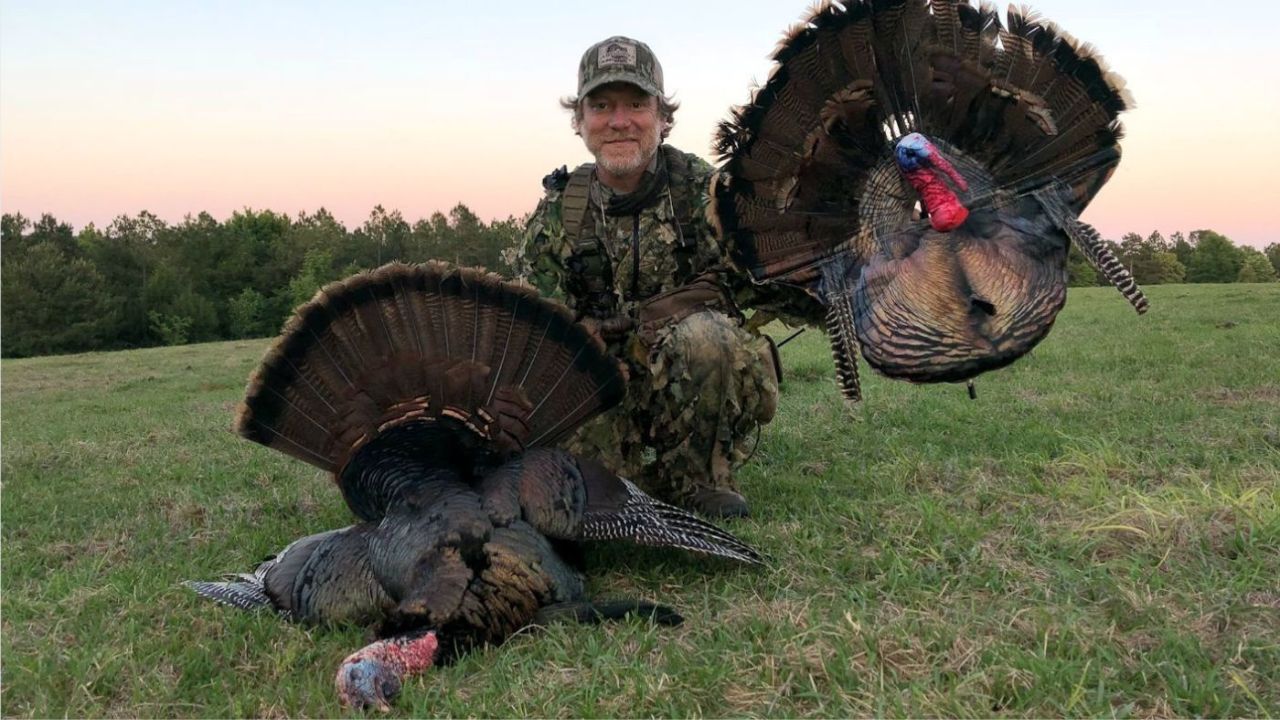
Turkey decoys are essential tools for hunters looking to attract these elusive birds within range. Available in various types and materials, each lure has a specific purpose and offers additional benefits.
Full-body decoys replicate the entire turkey, including the head, body, and sometimes the tail, providing maximum realism and visibility to approaching birds.
Folding decoys, which feature a folding frame and fabric body, offer portability and quick setup, although they may sacrifice some realism.
Lightweight and easily transportable, inflatable decoys provide convenience to hunters on the go but may need more durability.
Lures are made of materials such as plastic, foam or fabric. Plastic decoys offer durability and weather resistance, while foam decoys provide excellent realism but may lack longevity.
Rubber boots for hunting are lightweight and foldable, ideal for hunters looking for portability.
Each type of decoy has unique advantages and disadvantages and is suited to different environments and hunting preferences.
Understanding these distinctions allows hunters to select the most appropriate decoy for their specific needs, whether prioritizing realism, portability, or durability.
With the right decoy in hand, hunters can increase their chances of achieving a successful turkey harvest while enjoying the thrill of the hunt.
Considerations for different hunting situations
Selecting the right dave smith turkey decoys depends largely on your specific hunting environment and terrain. Different situations require different types of decoys and placement strategies to attract turkeys to the range effectively.
Hunting in open fields
Features: Open fields provide wide visibility but limited cover for hunters.
Ideal Decoys: Full-body decoys with high visibility are effective in open fields and attract turkeys from a distance.
Placement Tips: Place decoys strategically to mimic natural turkey behavior, such as feeding or strutting, maximizing your visibility from a distance.
Hunting in wooded areas
Features: Wooded areas offer dense cover and limited visibility, requiring careful decoy placement.
Recommended Decoys: Collapsible decoys are ideal for wooded environments. They are easy to set up and blend well into their surroundings.
Strategies: Place Maryland duck hunting near natural openings or clearings within the woods to increase visibility and draw turkeys within range.
Hunting on slopes or mountainous terrain
Unique Considerations: Turkey hunting in mountainous regions presents challenges due to rugged terrain and limited visibility.
Suitable Decoys: Lightweight, portable decoys, such as inflatables, are advantageous for hunters navigating steep terrain.
Techniques: Use decoys in areas with optimal visibility, such as ridges or meadows, to attract turkeys despite challenging terrain.
Adapting decoy selection and placement strategies to different hunting situations improves decoy effectiveness and increases the likelihood of a successful turkey harvest.
By understanding the characteristics of each environment and leveraging decoys accordingly, hunters can optimize their chances of finding and capturing their prey.
Seasonal considerations
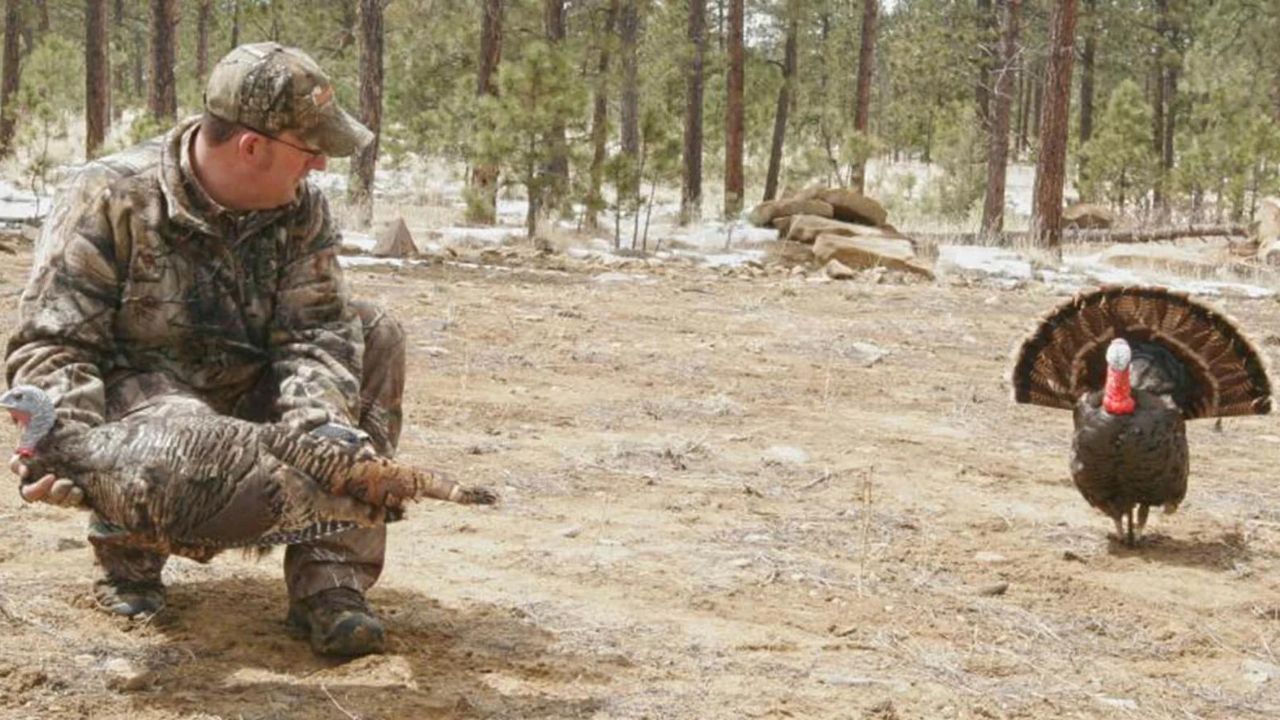
The season plays an important role in turkey behavior and hunting dynamics, influencing the effectiveness of decoys and hunting strategies.
Understanding the nuances of each season is important to selecting the right decoy and maximizing hunting success.
Spring Turkey Hunting
Characteristics: Spring is the main turkey hunting season, coinciding with the birds’ reproduction period.
Best decoy options: Realistic full-body decoys, especially those that mimic reproductive behavior, are very effective at attracting dominant males looking for a mate.
Tips: Use decoys and calling techniques to simulate a realistic turkey scenario, enticing gobblers to come closer to the shooting range.
Fall Turkey Hunting:
Contrasts: Fall turkey White Rock Feeder Snow Goose Decoys differs from spring hunting as turkeys talk less and behavioral patterns change.
Decoy Preferences: During the fall season, decoys that resemble groups of turkeys, including hens and poults, are preferred.
Adaptation: Adjust decoy settings to mimic flocks feeding or resting, taking advantage of turkeys’ social tendencies during the fall months.
Navigating seasonal variations in turkey behavior and adapting decoy selection and placement accordingly are essential skills for successful hunters.
By understanding the unique dynamics of each season and leveraging decoys to tap into turkeys’ instincts, hunters can increase their chances of a fertile hunt regardless of the time of year.
Climatic Conditions
The weather has a profound impact on turkey behavior and can influence the effectiveness of decoys during hunting expeditions.
Hunters should consider various weather conditions and adapt their decoy strategies accordingly to maximize their chances of success.
Rainy weather:
Challenges: Rainy conditions can reduce the effectiveness of the decoy due to reduced visibility and possible water damage.
Decoy Options: Choose decoys with vibrant colors and high contrast to improve visibility in rainy and low-light conditions.
Tips: Place decoys strategically in areas that offer natural cover or shelter from rain, such as under trees or near thick vegetation.
Windy weather:
Effects: Windy conditions can cause decoys to move unnaturally, which could spook turkeys or decrease their confidence in approaching.
Recommended Decoys: Opt for decoys equipped with motion devices or stakes to simulate natural movement and increase realism despite windy conditions.
Techniques: Use terrain features to protect decoys from high winds and minimize excessive movement, improving their effectiveness in windy weather.
Understanding the implications of different weather conditions on dave smith behavior and decoy performance allows hunters to make informed decisions and adapt their processes accordingly.
By selecting appropriate decoys and employing strategic placement techniques, hunters can mitigate the challenges posed by adverse weather conditions and increase their chances of achieving a successful turkey harvest.
Decoy Accessories and Enhancements
Enhancing dsd turkey decoys with accessories elevates their realism and effectiveness in attracting turkeys. Motion devices, like electronic motors or wind-activated mechanisms, simulate natural movements such as head bobbing or tail fan rotation, increasing the decoys’ allure.
Stake systems with adjustable heights and swivel capabilities enable decoys to adapt to various terrains and wind conditions, enhancing their lifelike appearance.
Camouflage covers and 3D netting provide additional concealment, blending decoys seamlessly into the environment and reducing the risk of detection by wary turkeys.
These hen decoys accessories and enhancements offer hunters valuable tools for creating convincing decoy spreads that entice turkeys and increase hunting success.
By incorporating these elements into their best turkey decoys, hunters can maximize their chances of encountering and harvesting turkeys while enjoying a more immersive and rewarding hunting experience in the field.
Conclusion:
Choosing the right dave smith decoys turkey is a critical aspect of successful turkey hunting, and understanding the intricacies of decoy selection and usage can significantly enhance a hunter’s chances of a fruitful harvest.
As hunters navigate diverse hunting situations, seasonal variations, and weather conditions, the importance of adapting decoy strategies becomes increasingly evident.
From open fields to wooded areas and mountainous terrain, hunters must consider the unique characteristics of each environment and select decoys that best suit their hunting objectives.
Whether targeting dominant toms during the spring breeding season or mimicking feeding flocks in the fall, decoy selection plays a pivotal role in attracting turkeys within shooting range.
Furthermore, factors such as dave smith, quality, and the incorporation of accessories and enhancements further elevate decoy setups, increasing their effectiveness and appeal to living birds.
By prioritizing realism, durability, and motion in decoy selection and utilizing accessories such as motion devices and camouflage covers, hunters can create convincing decoy spreads that entice even the most cautious gobblers.


